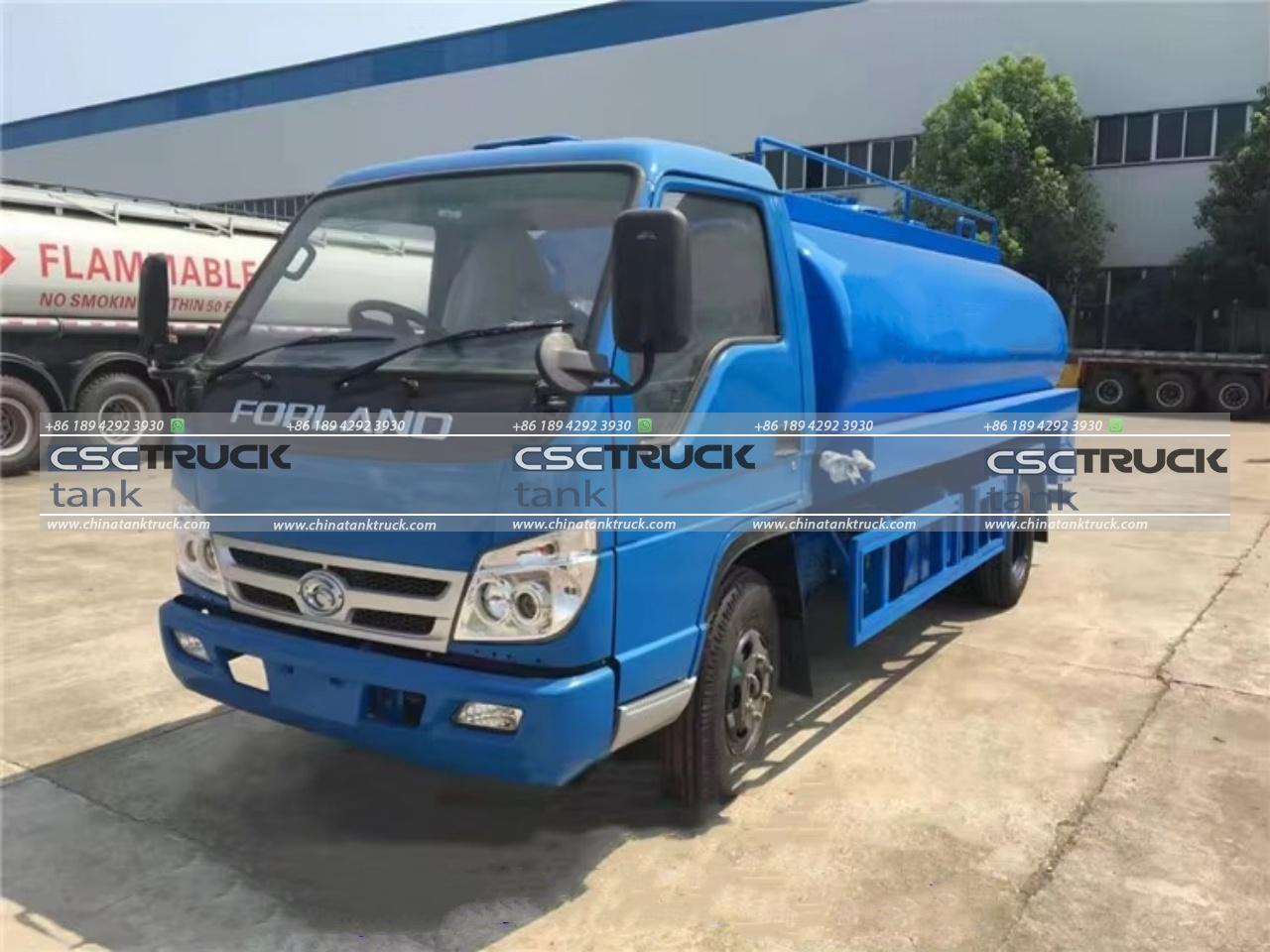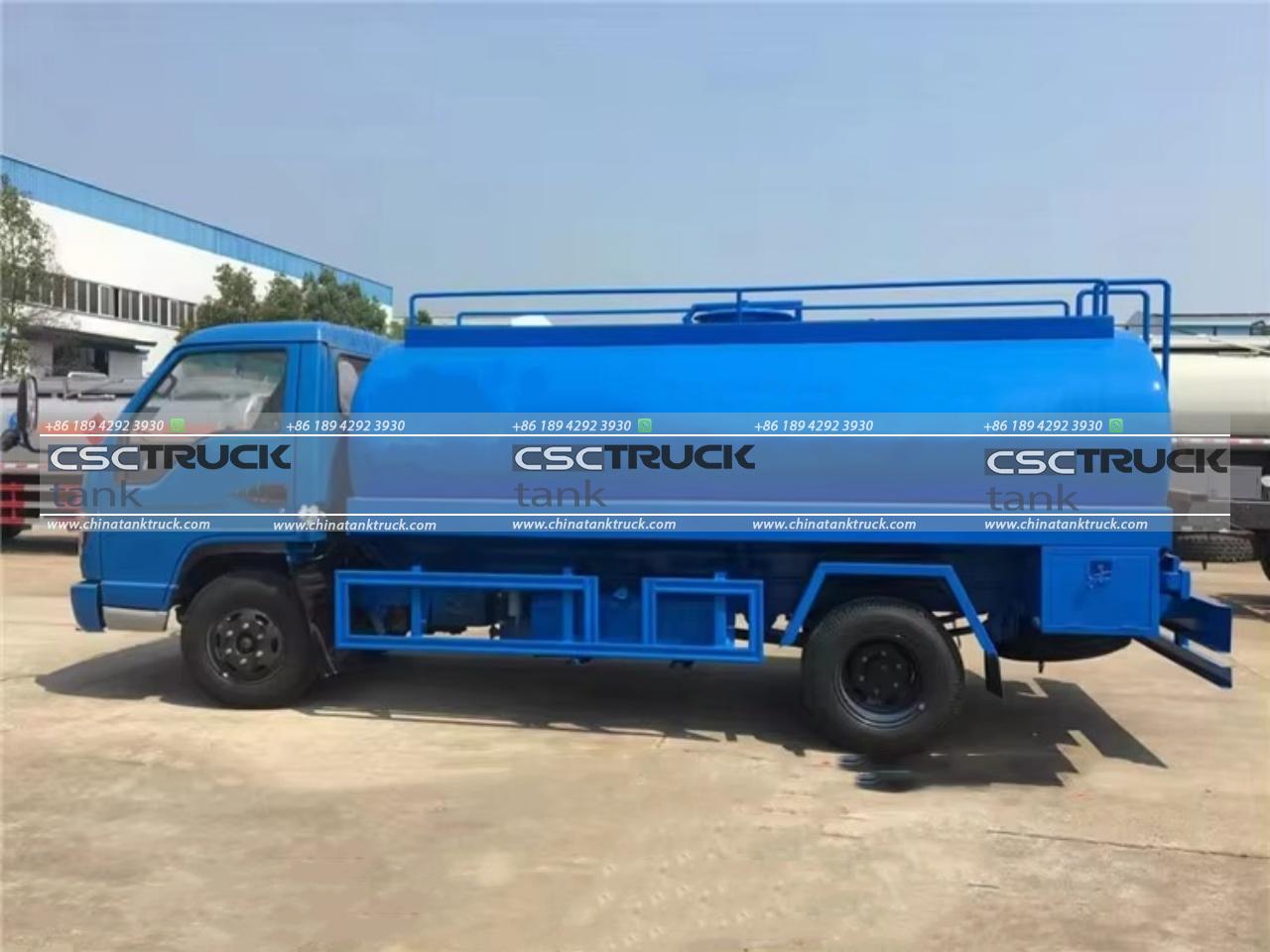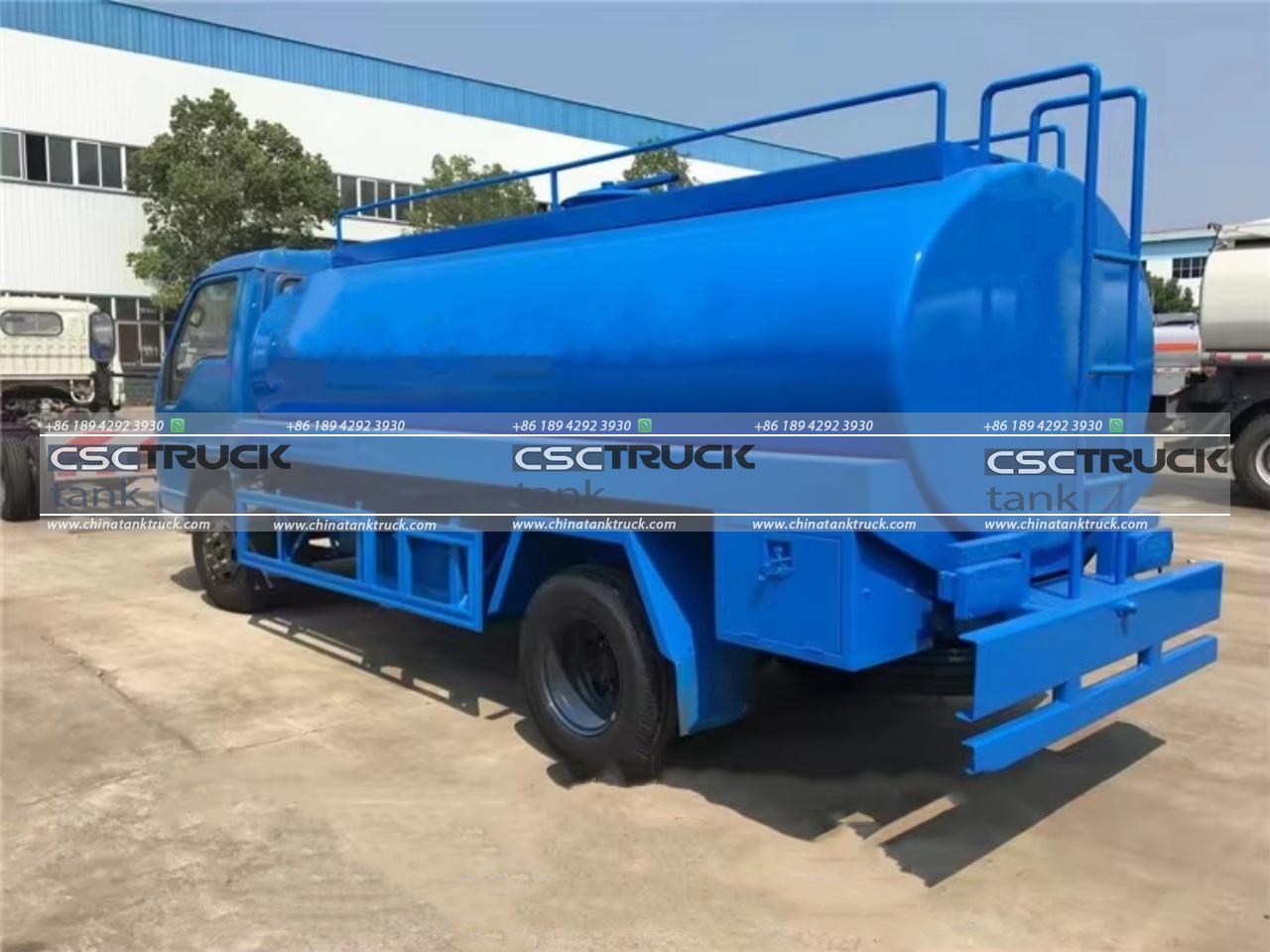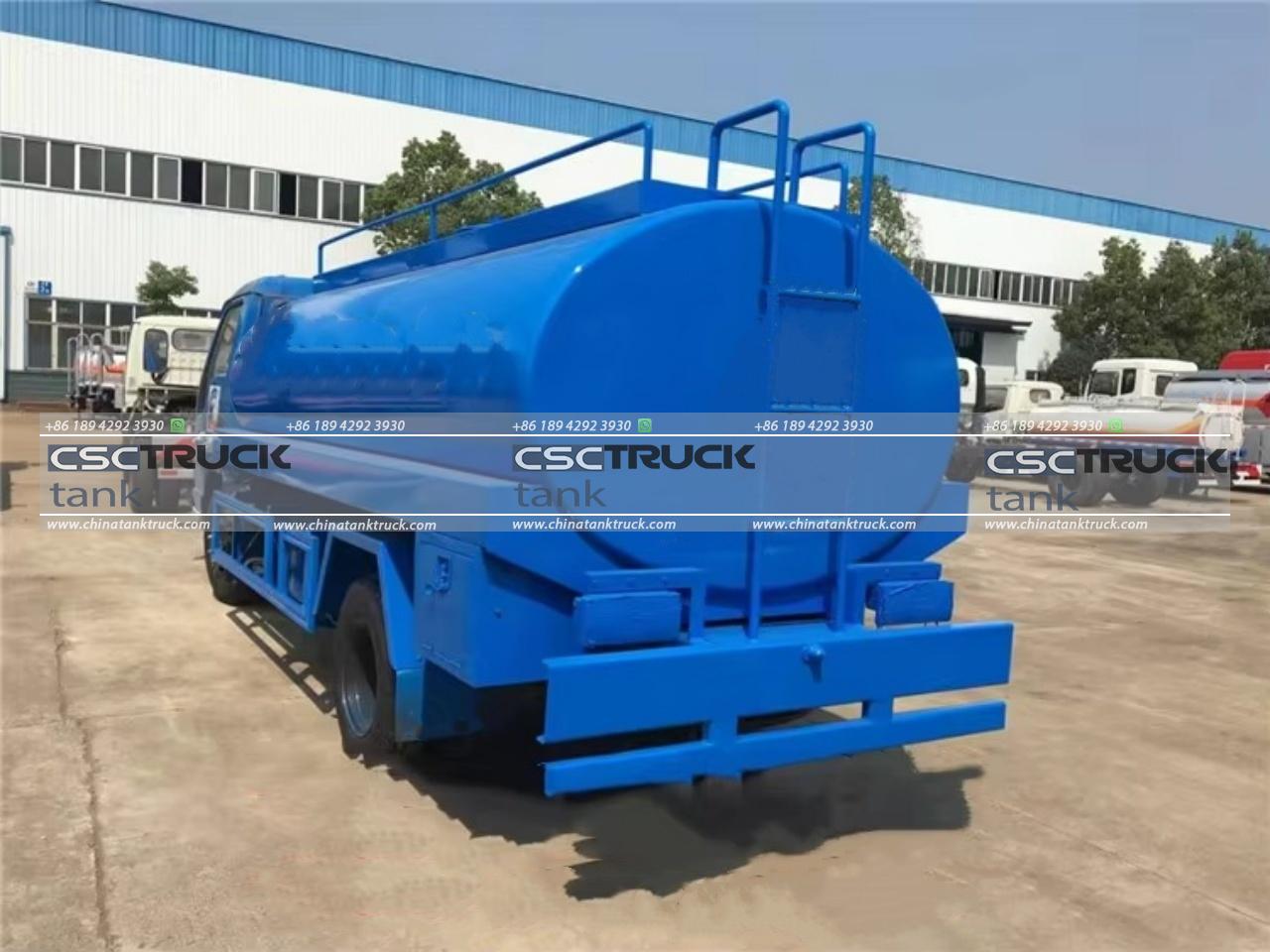How Much Milk Does a Milk Tanker Truck Hold?
Milk tanker trucks are a crucial link in the dairy supply chain, transporting milk from farms to processing facilities. These specialized vehicles are designed to ensure that milk remains fresh, safe, and ready for processing, often traveling long distances from rural dairy farms to urban processing plants. But exactly how much milk can these impressive vehicles hold? The answer varies based on several factors, including truck size, tank design, regulations, and regional needs. In this article, we’ll explore the various capacities of milk tanker trucks, the engineering behind their design, and the logistics of transporting milk on a large scale.
1. Milk Tanker Truck Capacities: Overview
The amount of milk a tanker truck can carry largely depends on the size of the truck and the type of tanker used. Milk tankers come in several sizes, commonly divided into three categories: small, medium, and large.
1. Small Milk Tankers: These are generally used for local dairy farm collections or small-scale dairy production operations. They typically hold between 1,000 to 3,000 gallons (3,785 to 11,356 liters) of milk, depending on the truck’s configuration and specific use.
2. Medium Milk Tankers: Often seen in rural or suburban areas, these tankers hold 3,000 to 6,000 gallons (11,356 to 22,712 liters) of milk. This capacity is ideal for moderate-distance hauls between dairy farms and nearby processing facilities.
3. Large Milk Tankers: These are the mainstay of long-distance milk transportation, with a capacity ranging from 6,000 to 8,000 gallons (22,712 to 30,283 liters) or more. Large milk tankers are commonly used in areas with significant dairy production and demand, such as the United States, Europe, and parts of Australia.
The largest milk tankers can carry upwards of 80,000 pounds (36,287 kg) of milk, including the weight of the tanker itself, though limits may vary by country and state due to road weight restrictions.

2. Understanding Milk Weight and Volume in Tankers
Milk is a dense liquid, and its weight plays a significant role in determining a tanker’s total capacity. A gallon of milk weighs approximately 8.6 pounds (3.9kg), so a large tanker capable of holding 7,000 gallons could weigh around 60,200 pounds (27,307kg) in milk alone. This weight calculation is essential for meeting the load-bearing regulations imposed on roadways, which can vary between regions.
For example, U.S. federal law limits the gross vehicle weight on interstates to 80,000 pounds. This restriction influences how much milk a tanker can legally transport, factoring in the vehicle’s weight alongside the milk itself. To navigate such weight restrictions, some companies opt for double-trailer trucks (2 smaller tankers attached to one vehicle) to distribute the load more evenly and maximize milk volume while remaining compliant with road regulations.
3. Design Features of Milk Tanker Trucks
Milk tankers are distinct in design compared to other types of liquid-carrying trucks, like those for fuel or water. This is due to the perishable nature of milk and the importance of maintaining its quality during transport.
Insulation and Temperature Control
One of the key design elements in milk tanker trucks is insulation. Milk must be kept at a stable temperature, typically below 40°F (4°C), to prevent bacterial growth. Unlike fuel tankers that may require minimal temperature regulation, milk tankers use insulated stainless-steel tanks to maintain a cold environment. The insulation is often made of thick polyurethane or similar materials, allowing the milk to stay cool for up to 48 hours without refrigeration.
Sanitary Standards and Cleaning
Milk tankers are subject to stringent sanitary standards, as dairy products are prone to contamination. The tanks are constructed of food-grade stainless steel, which is resistant to corrosion and easy to clean. Before and after each haul, tankers undergo a thorough cleaning process involving high-pressure water, steam, or chemical sanitization to ensure no residual bacteria affect the milk’s quality.
Tank Shape and Compartmentalization
Milk tankers are typically cylindrical and low to the ground, which provides stability during transport. Many tanks are also slightly rounded at the ends, which helps minimize liquid movement, or “sloshing,” that could impact vehicle handling. Larger tankers are often compartmentalized, dividing the tank into sections to further limit sloshing and allow different grades or types of milk to be transported simultaneously.

4. Regional Differences in Milk Tanker Capacities
The size and capacity of milk tankers can differ significantly across countries due to variations in dairy production, consumption demand, and transportation infrastructure.
– United States: Large-capacity tankers are common in the U.S., where dairy farming is often on a large scale. Milk trucks here can carry between 5,000 and 8,000 gallons (18,927 to 30,283 liters) to meet high-demand areas or processing plants. Some states, like California, permit “supertankers,” which are even larger, to carry milk across vast distances.
– Europe: In Europe, milk tankers tend to be smaller, especially in densely populated countries with smaller roadways and strict weight regulations. Typical milk tankers in Europe hold between 3,000 to 6,000 gallons (11,356 to 22,712 liters) of milk. Double-trailer milk trucks are rare, as they can be difficult to maneuver on narrow or winding European roads.
– Australia: Australia uses both large and double-trailer milk tankers, particularly in rural areas where distances between dairy farms and processing plants can be extensive. Some Australian milk tankers have a capacity of up to 80,000 liters (about 21,133 gallons) for transporting milk across long, sparsely populated routes.
5. Logistics and Efficiency in Milk Transportation
Milk transport logistics are complex, involving careful planning to optimize delivery times and maintain milk freshness. Milk tanker trucks follow a strict schedule, often arriving at farms early in the morning to collect milk produced overnight. After collection, the milk is promptly delivered to processing plants, where it’s pasteurized and processed into products like cheese, butter, yogurt, and packaged milk.
Since milk production is a daily process, milk tankers usually operate year-round and must be exceptionally reliable. Any delays can result in spoilage, which represents both a financial loss and wasted resources. Some dairy regions have implemented advanced logistics software that tracks tanker trucks in real-time, optimizing routes and providing immediate feedback on temperature and other essential metrics.

6. Environmental Considerations in Milk Transportation
The dairy industry has been actively seeking ways to reduce its environmental impact, including making milk tanker trucks more fuel-efficient. Companies are exploring the use of compressed natural gas (CNG) or even electric milk trucks to reduce greenhouse gas emissions. Innovations in lightweight materials for tank construction also contribute to efficiency by lowering the truck’s overall weight, allowing for more milk to be transported with less fuel.
Conclusion
Milk tanker trucks play an indispensable role in ensuring that fresh, high-quality milk reaches consumers. With capacities ranging from 1,000 to over 8,000 gallons, these tankers are engineered to meet varying regional and regulatory demands while maintaining the milk’s integrity throughout the journey. Through thoughtful design, careful logistics, and an increasing focus on sustainability, milk tanker trucks continue to support the dairy industry’s supply chain, ensuring that this essential product remains accessible to people worldwide.


